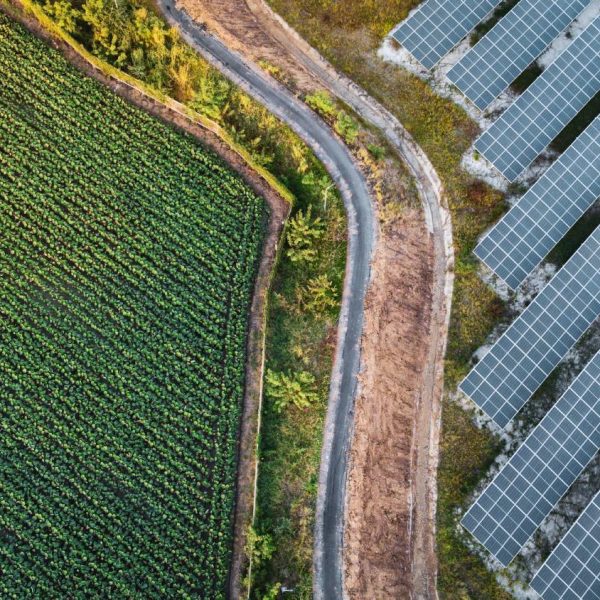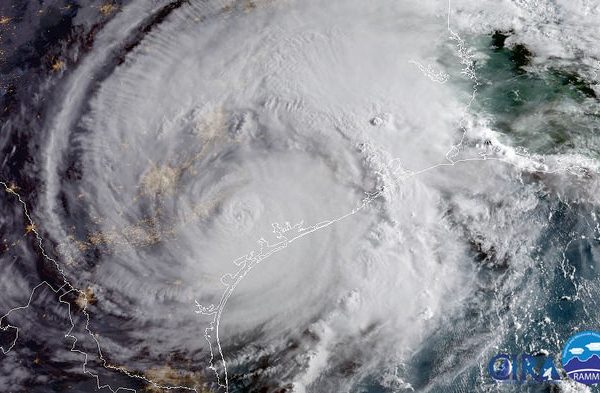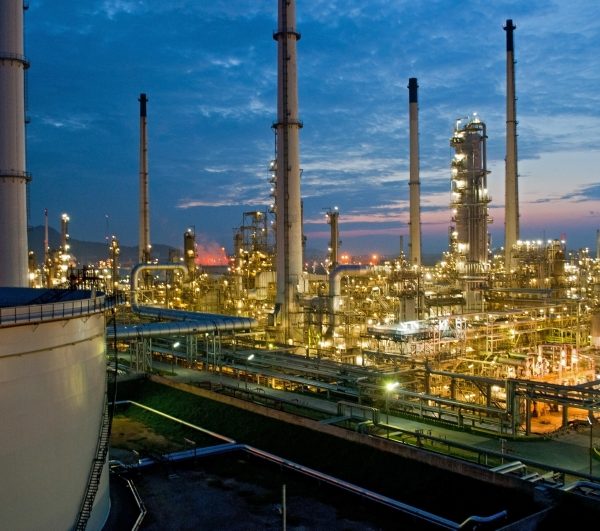
Government regulations, technological advancements and improvements in energy forecasting are complex issues that require deep discussion. Several pivotal thoughts were shared through a recent webinar dedicated to unraveling these complexities, shedding light on the nuances of the issues and their interconnectedness. Here are a few key takeaways from that discussion.











